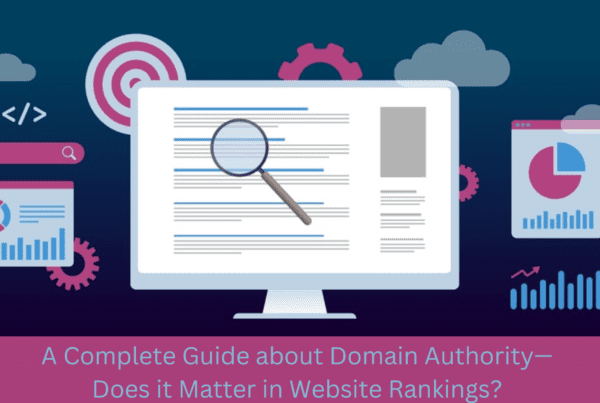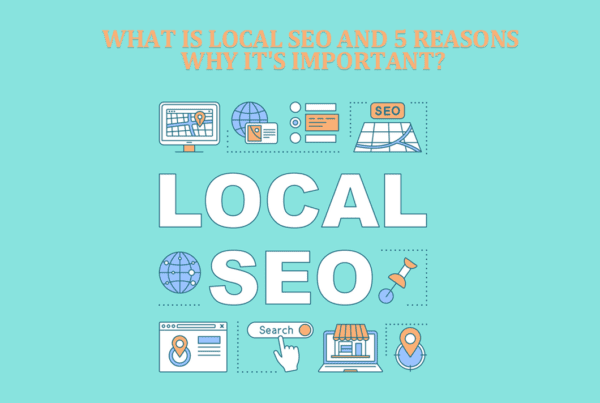Search Engine Optimization (SEO) is the technique that digital marketers use to rank their client’s content on Search engine result pages (SERPs).
After the Google Penguin update, the SEO game has changed a lot. As a digital marketer, it’s your duty to always keep updated about the latest SEO hacks that can help you rank among the best.
Here are the top 4 SEO hacks that every digital marketer should know and use wisely.
1. Use Relevant Headlines a Lot
Your headlines are the gateway to search engines. Your audience can’t read your content through the search pages but can see the headlines and title of the content. To rank your content higher in search pages, generating a lot of headlines that are SEO friendly and relevant is most important.
- Insert Keywords in Headlines
Your audience will find your content by searching keywords on the search engines. If your headlines don’t match their search query, you risk losing traffic even if your content is relevant.
- Use Words that Intrigue
Power words like “free”, “how-to”, “hack”, “improving” are very catchy and intrigues your audience into clicking. Digital marketing agencies make the power words work in a way that they promise to provide value to your audience.
Agencies for digital marketing in Milwaukee like Corberry, provide the best service for businesses in the area. They also offer other services that are aimed towards improving marketing and advertising strategies.
- Don’t Clickbait
Clickbaits are considered black hat hacks in the digital marketing world. While clickbaits are mostly effective in the entertainment industry, where any news can be directed as content, it usually doesn’t work for other ones.
If you clickbait your audience, they will soon lose trust and start avoiding your valuable content.
- Design Headlines for Target Audience
Not every internet user will find your content helpful. But if you design headlines that don’t appeal to your target audience, the whole SEO campaign loses value.
- Use Statistics
Use numbers in your headlines. Take help of research stats or use general numbers that mean something. “Digital Marketing 101”, “Top 7”, are good examples of it.
- Keep It Concise
Your SEO headlines shouldn’t exceed 60 characters. If you go overboard, you risk SERPs not showing the whole headline on their page.
2. Write Valuable Content
Content is the most valuable aspect of SEO. If you fail to generate relevant content, your audience will not return to your site again. Your audience isn’t searching Google to find your product; but looking for solutions, which we expect to find through your content.
To write valuable content, you, as a digital marketer, need to keep some things in mind.
- Keywords
Keywords are the words or phrases that your target audience searches to find relevant articles. You need to put a lot of effort into choosing the keywords for your next content.
There are two kinds of keywords. Short-tail and long-tail.
To target a higher volume of audience, put more effort into short-tail keywords. But, the competition generally remains very high. “Bipolar disorder”, “VPN servers”, “digital marketing” are some examples.
A long-tail keyword consists of search phrases that your audience might search for. “How to cook spaghetti with meatballs”, “can you drive a car 5000 miles” are such examples.
- Audience Segmentation
You need to define your audience before designing the content outline. If your content is targeted towards parents and engages astrophysicists, your chances of reaching the target audience plummets.
To write relevant content, you must first understand who you are writing for and what desires they might have.
- Authority
Authority is an important factor in generating SEO content. Always fall back on outbound links. Put in relevant links to authoritative websites to rank your content higher on SERPs.
When you put trustworthy links on your article, search engines consider yourself as a trustable source too. While that doesn’t directly co-relate to ranking, it discards a red flag.
- Meta Description
Meta descriptions are short concise paragraphs that go into the article that is shown on the SERPs. If you fail to include a meta description in your article, generally the first few lines of your content are shown. Which, oftentimes, doesn’t provide much value to your audience.
- Content Structure
Your target should be to make your audience read your articles. Up until the end. For that, keep paragraphs short, and vary between sentence lengths.
Avoid grammatical and syntactical mistakes.
Use a lot of headlines to keep your audience engaged.
3. Inbound Links are the Real Deal
What’s the use of content that doesn’t direct your interested audience somewhere relevant? Incorporate internal and inbound links to your own content and guest posts to drive the traffic to your sales page.
But don’t overdo anchor texts. Anchor texts are the phrases that hold your inbound link in the form of non-promotional placement. It’s very important that you keep it subtle. An anchor text, not having any context to the content, is repulsive.
4. Do a Lot of Keyword Research
It’s challenging to find content that your audience might look for and find interesting. Keyword research plays a huge part in that segment. Here are some basic guidelines that you need to follow for effective keyword research.
- Trending Keywords
You might already have some keyword ideas in mind. Those should relate to your product, service, and business. Suppose you are in the flower business, you can start with bouquets and wedding decorations.
When you’ve decided upon your keywords, you need to dig deep with keyword research tools like Ahrefs to analyze average traffic density. You’d also need to keep an open mind about keywords. Consider the similar keywords that the research tools suggest to end up with the best one.
- Search Volumes
While it’s necessary to find the most traffic-rich keywords, it’s also important that you don’t drive traffic that won’t convert. For that, you need to decide on the keyword type.
- Short-tail vs Long-tail keywords
If your content is top-notch and has exceptional new information, you’re welcome to try ranking in the most competitive short-tail keywords, like “photography”.
But typically it doesn’t work like that. You’d need to be both authoritative and valuable, in addition to having top-notch SEO strategies.
Else, go for long-tail keywords that have less search volume, but attract specific interested customers. Long-tail keywords consist of five or more words that your audience searches for in Google. Choose wisely.
The Bottom Line
As a digital marketer, it’s important for you to understand how SEO works, and what can be done to improve that. Follow the article to generate relevant headlines, write valuable content, and research keywords. But, don’t forget to insert inbound links to your guest posts too.









